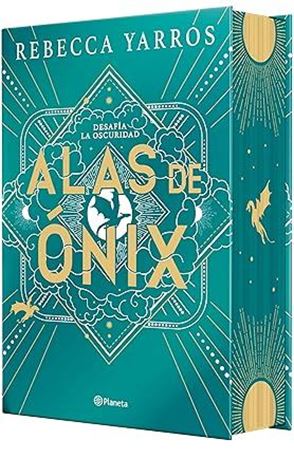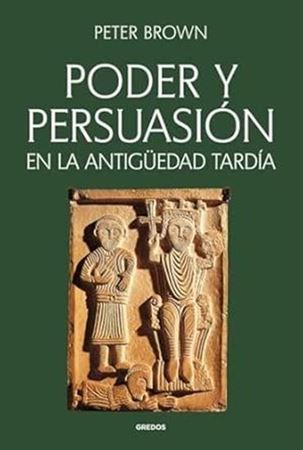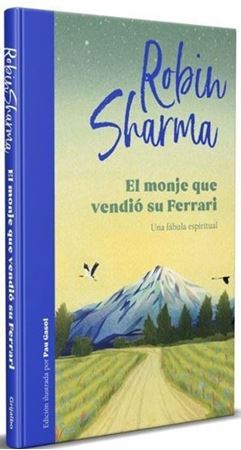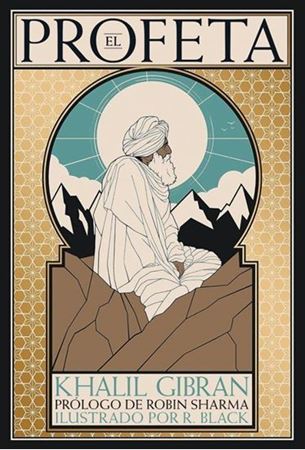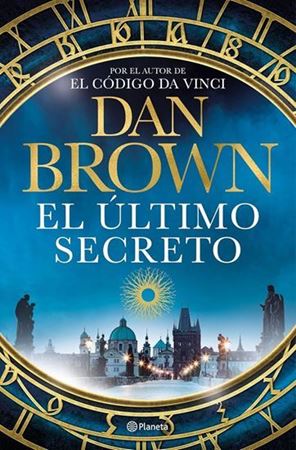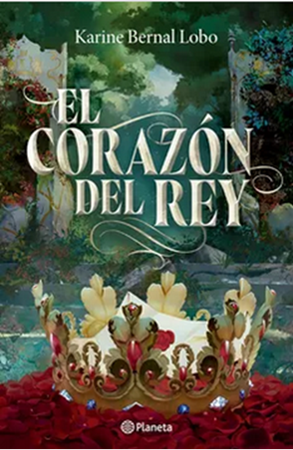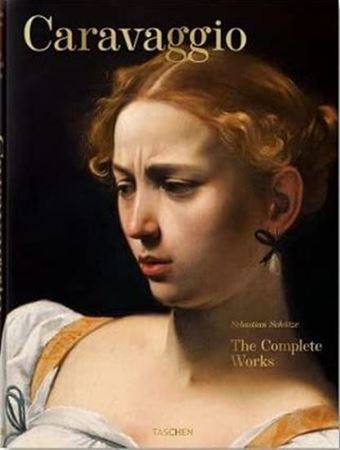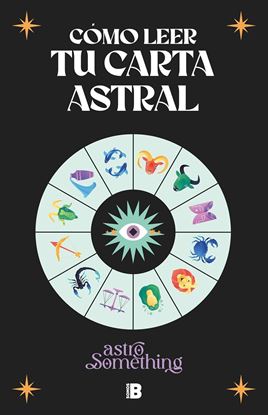

NOVEDADES
CUIDATE (BOL)
A menudo sufrimos molestias que tratamos con medicamentos: migrañas, dolores crónicos, fatiga, dolores menstruales, contracturas, ansiedad...
Xevi Verdaguer, especialista en PsicoNeuroInmunología, nos acerca a la medicina integrativa y nos muestra qué podemos hacer para solucionar estas dolencias de forma natural y sencilla a la vez que nos da las claves para entender mejor nuestro cuerpo, aprender a escucharlo y ser así más protagonistas de nuestra salud.
Este libro ofrece los conocimientos y consejos de Xevi Verdaguer de forma clara y práctica para que podamos aplicarlos a nuestro día a día. Conoceremos los alimentos recomendados y los que debemos evitar según la dolencia y aprenderemos a combinarlos con menús equilibrados y a cocinarlos con recetas sabrosas y fáciles ideadas por nutricionistas.
750
COMO LEER TU CARTA ASTRAL
Este libro es de diseño fijo y, por lo tanto, no se puede leer en dispositivos de tinta electrónica. Recomendamos leerlo en un teléfono móvil o tableta.
La astrología es una poderosa herramienta que puede ayudarte a encontrar respuestas en todos los ámbitos -familia, amigos, dinero, carrera...
Es un mapa que te guía hacia tu potencial y en tus manos está sacarle todo el partido a partir de las interpretaciones de tu carta.
Tengas conocimientos previos o no, con este manual podrás interpretar correctamente tu carta astral (y la de tus amigas) de forma sencilla y guiada, identificando los significados de los signos del zodiaco, las casas, los planetas y mucho más…
1,450
ESCLAVOS DEL ALGORITMO
¿Dejarías tu vida en manos de un algoritmo? Todos lo hemos hecho ya. A ciegas, sin querer. Si nos lo hubieran preguntado antes, si nos hubieran advertido en la letra grande de los riesgos y las repercusiones de delegar decisiones en la inteligencia artificial, quizá habríamos resuelto otra cosa. Somos, en cierto modo, marionetas del algoritmo, aunque no necesariamente de la manera que imaginamos. Pero quienes manejan los hilos no están hechos de silicio, sino de carne y hueso.
1,450

